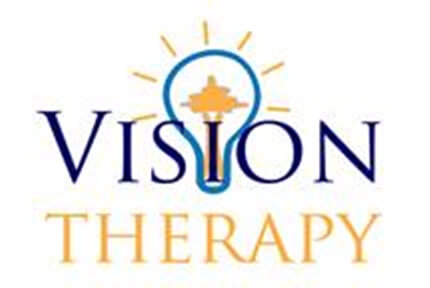Why use dilating eye-drops in a child's eye exam? It may be performed to detect vision disorders, especially in young children who cannot verbally provide a clear and accurate description of their vision problems, and are frequently unaware of the presence of those problems. The following article is geared towards optometrists, and for patients who want to be more informed.
Original article found on the Alberta Association of Optometrists'website.
Top 5 reasons to perform a cycloplegic refraction
By Dr. Debbie Luk, OD
Sometimes when people see an OD for an eye examination things are not always what they seem, which is why a cycloplegic refraction is important. Be sure to explain the procedure to your patient and why it is important to their eye health.
- Hyperopia. Uncorrected hypermetropia can result in accommodative esotropia, strabismic amblyopia and isometropic amblyopia. Children with >3.50ds of hypermetropia have a 13 times greater risk of developing strabismus or amblyopia.
- Esotropia. New onset of/ previously well-controlled accommodative esotrope is an indication for cycloplegic refraction. This allows us to determine whether the eye turn has an accommodative component.
- Anisometropia is a very powerful amblyogenic risk factor. Over +1.00ds difference between two eyes can put a child at risk of developing anisometropic amblopia. It is not surprising to find a much larger difference in refractive error between the two eyes after cyclodilation. If you don’t prescribe the full anisometropic difference between the two eyes, the amblyopia/reduced acuity may not fully resolve despite occlusion therapy/patching. Treatment of anisometropia should consist of symmetric reduction of hypermetropia of up to 2.00 D.
- Accommodative Spasm. In older children and young adults, cycloplegic refraction can confirm the diagnosis of accommodative spasm, which is a constant or intermittent, involuntary increase in ciliary contraction. Patients with low hyperopia may present as myopic during examination; this so-called pseudomyopia can be identified by cycloplegic evaluation.
- Asthenopia with near work. This applies for children and young adults. A study of young adults18-21 years old showed that they possessed +1 to +2 D of latent hypermetropia. Should they complain of headaches with near work and asthenopia, cycloplegic refraction is indicated.
References
- Arthur L. Rosenbaum MD, J. Bronwyn Bateman MD, Don L. Bremer MD, P.Y. Liu PhD. Cycloplegic Refraction in Esotropic Children: Cyclopentolate versus Atropine. Ophthalmology, 1981; Volume 88, Issue 10, Pages 1031-1034
- Michaels DD: Accommodation: Clinical aspects. In Smith RE (ed): Focal Points 1987: Clinical Modules for Ophthalmologists 5, Module 1:1. San Francisco: American Academy of Ophthalmology, 1987.
- Mimouni M, Zoller L, Horowitz J, Wygnanski-Jaffe T, Morad Y, Mezer E. Cycloplegic auto refraction in young adults: is it mandatory? Graefes Arch Clin Exp Ophthalmol. 2016 Feb; 254(2):395-8. doi: 10.1007/s00417-015-3246-1. Epub 2015 Dec 21.

